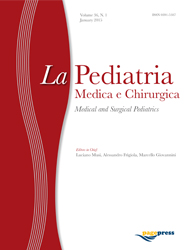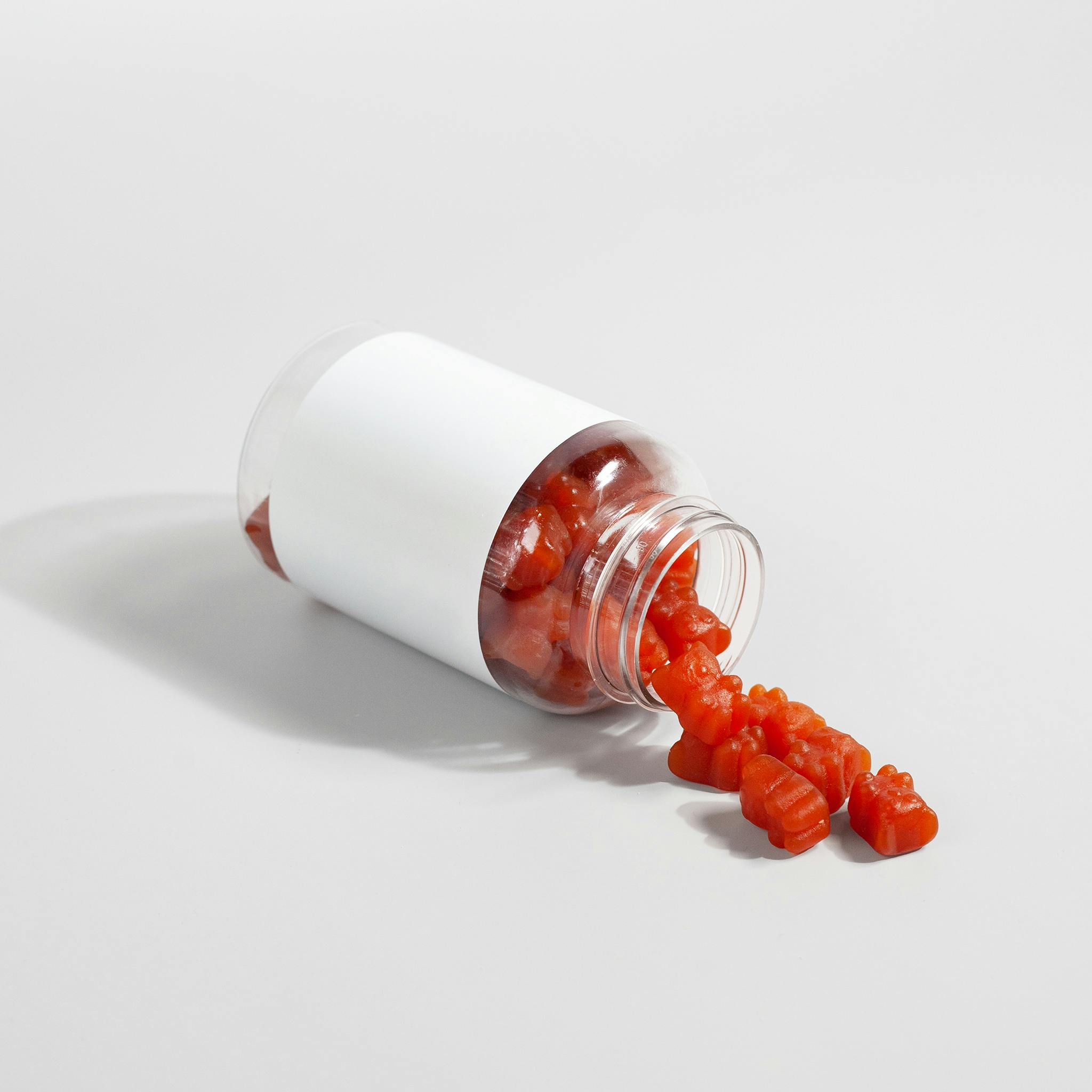Articles
31 December 2012
Vol. 34 No. 6 (2012)
Milk and butter. From the Neolithic to the current nutritional aspects
Publisher's note
All claims expressed in this article are solely those of the authors and do not necessarily represent those of their affiliated organizations, or those of the publisher, the editors and the reviewers. Any product that may be evaluated in this article or claim that may be made by its manufacturer is not guaranteed or endorsed by the publisher.
All claims expressed in this article are solely those of the authors and do not necessarily represent those of their affiliated organizations, or those of the publisher, the editors and the reviewers. Any product that may be evaluated in this article or claim that may be made by its manufacturer is not guaranteed or endorsed by the publisher.
1521
Views
2589
Downloads
Authors
Azienda Ospedaliera Specializzata Materno Infantile “G.Salesiâ€, Ancona, Italy.
Dipartimento di Scienze degli Alimenti, Alma Mater Studiorum, Università di Bologna, Bologna, Italy.
Dipartimento di Scienze Agrarie Alimenti ed Ambientali, Università Politecnica delle
Marche, Ancona, Italy.
Dipartimento di Scienze degli Alimenti, Alma Mater Studiorum, Università di Bologna, Bologna, Italy.
“Paolo Sotgiu†Institute for research in Quantitative & Quantum Psychiatry & Cardiology - Department of Medical Veterinary Sciences, Alma Mater Studiorum - Università di Bologna, Bologna, Italy.
Dipartimento di Scienze degli Alimenti, Alma Mater Studiorum, Università di Bologna, Bologna, Italy.
Dipartimento di Economia e Ingegneria Agrarie, Alma Mater Studiorum, Università di Bologna, Bologna, Italy.
How to Cite
PAGEPress has chosen to apply the Creative Commons Attribution NonCommercial 4.0 International License (CC BY-NC 4.0) to all manuscripts to be published.









